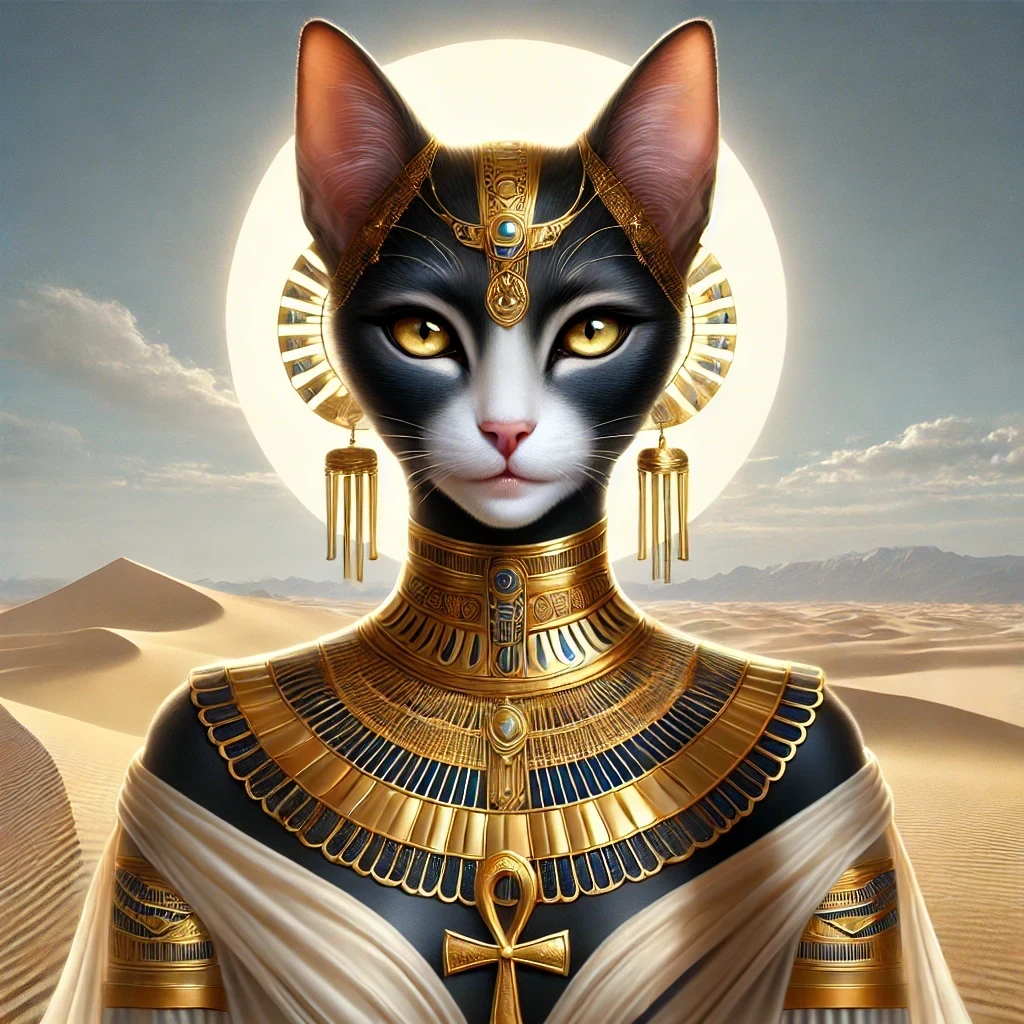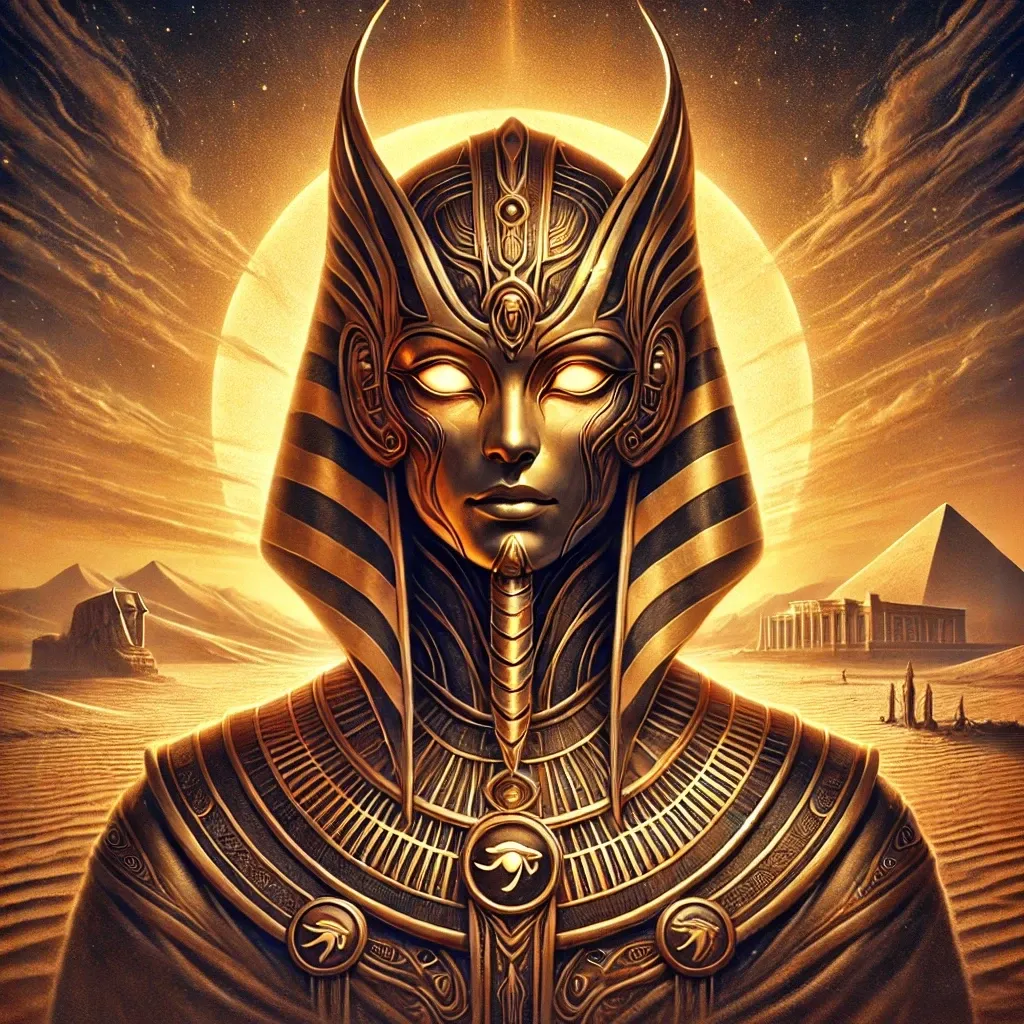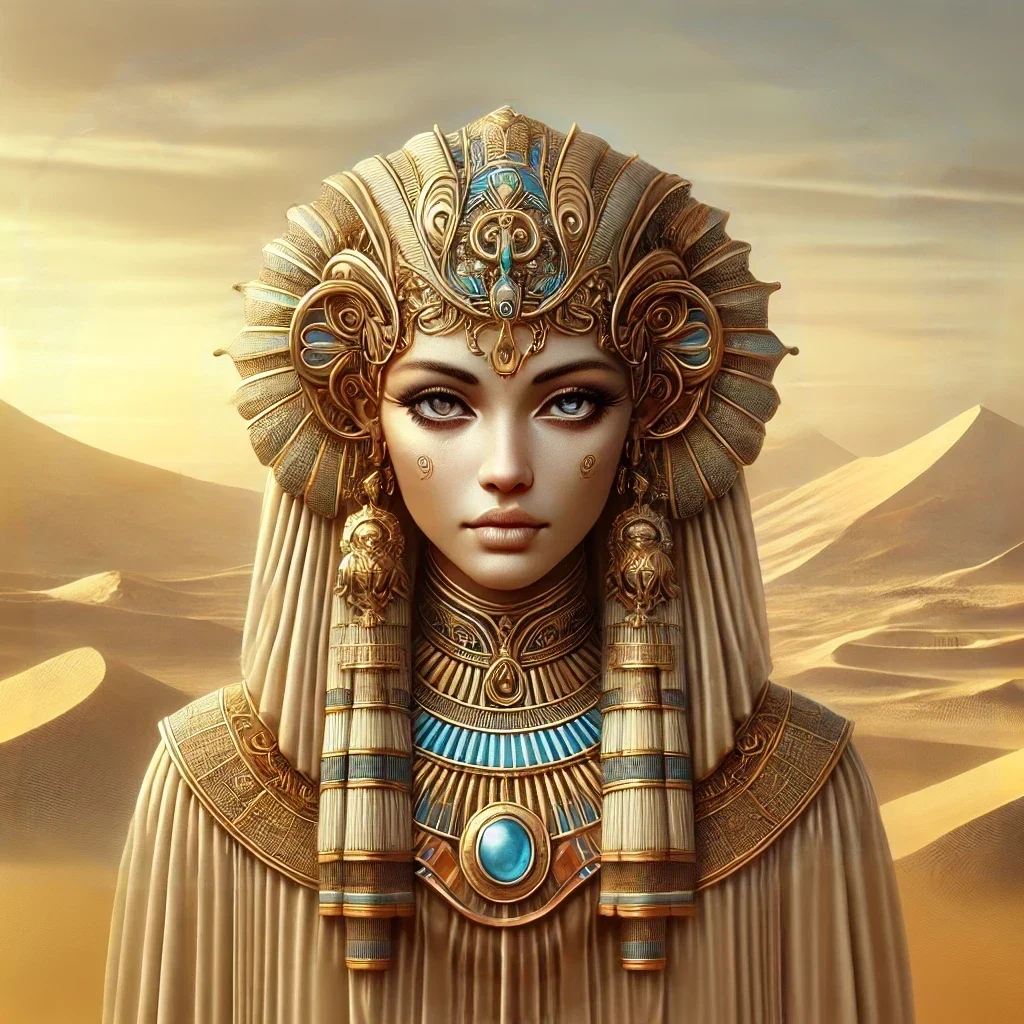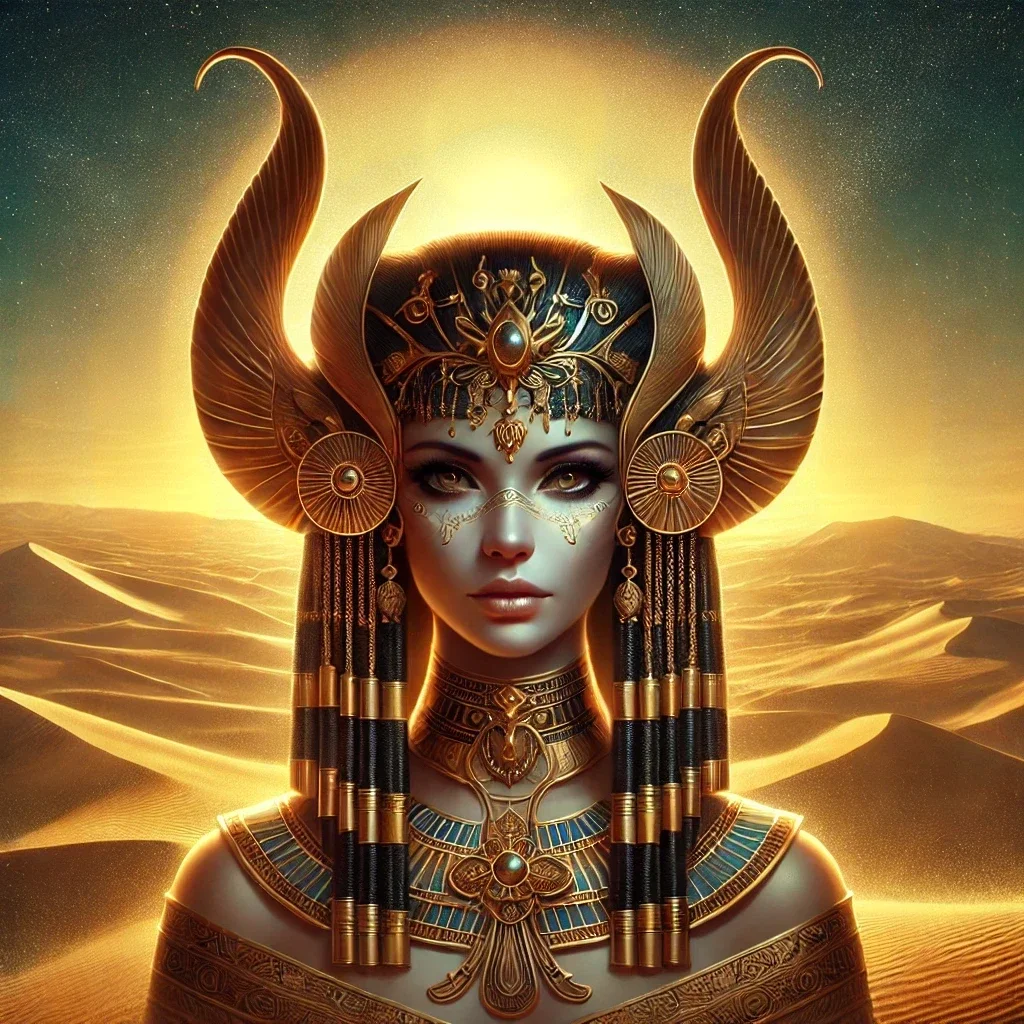Bastet, known by various names such as Ubasti or Bubastis, was a revered goddess in ancient Egyptian mythology, widely celebrated as a protector, a bringer of fertility, and a symbol of grace. Often referred to as the “Eye of Ra” or the “Goddess of Home and Hearth,” she held a central role in the cultural and religious life of ancient Egypt. Her name, derived from the hieroglyphic representation of a jar, suggests associations with perfume, protection, and the nurturing qualities attributed to her.
Origins
Historical Roots
The roots of this esteemed goddess trace back to the Old Kingdom, around 2600 BCE, where she was initially venerated as a lion-headed warrior deity. Her early depictions highlight her fierce nature, associating her with the sun’s destructive power and the solar deity Ra. Over centuries, her image transformed to reflect the gentler aspects of a domestic cat, symbolizing protection and fertility.
Evolution Over Time
By the Middle Kingdom, her identity had evolved to include dual aspects: the fierce protector embodied by the lioness and the nurturing guardian symbolized by the cat. This duality reflects a cultural shift toward emphasizing her role as a goddess of home, family, and harmony.
Appearance
Depictions in Art
Bastet’s iconography evolved significantly over time. Early depictions present her as a lioness-headed woman, reflecting her fierce and protective nature. As her attributes shifted toward domesticity and fertility, her imagery transformed. She began to be portrayed as a woman with the head of a domestic cat, often carrying a sistrum (a musical instrument) and an ankh, symbolizing life and music’s harmonious role in society.
Symbols of Divinity
Cats themselves became sacred symbols of Bastet. They were often mummified and buried in her honor, particularly in Bubastis. Her statues frequently featured feline motifs, and her divine presence was marked by intricate carvings emphasizing her dual nature of protector and nurturer.
Abilities
Protector of Home and Family
As a guardian, Bastet was believed to ward off evil spirits and disease, particularly protecting women and children. Her fierce aspects, tied to her earlier lioness depictions, made her a potent protector against physical and spiritual threats.
Bestower of Fertility and Joy
Bastet’s connection to fertility and childbirth positioned her as a patron deity for mothers. She was also associated with music, dance, and celebration, bringing joy and vitality to domestic and communal life.
Warrior Deity
In her warlike aspect, Bastet retained a connection to her leonine origins. She was invoked in battles to provide strength and courage, serving as a fierce protector of the pharaoh and the Egyptian people during times of conflict.
Myths
The Eye of Ra
One of the most prominent myths involving Bastet casts her as the “Eye of Ra,” a fierce protector of the sun god Ra. In this tale, she battles the chaos serpent Apophis, ensuring the sun’s safe passage through the underworld each night. This myth underscores her role as a defender against chaos and disorder.
The Festival of Bubastis
Celebrated annually, the Festival of Bubastis highlighted Bastet’s joyful and protective nature. Pilgrims would travel by boat to her temple in Bubastis, engaging in music, dancing, and offerings. This festival not only honored her but also fostered social harmony and community.
Symbolism
Dual Nature
Bastet’s dual identity as a nurturing domestic goddess and a fierce protector symbolizes the balance between gentleness and strength. This duality reflected the complexities of life and the Egyptian worldview.
Associated Objects, Animals, and Plants
- Objects: The sistrum and ointment jar are among her most significant symbols, representing music, harmony, and fertility.
- Animals: Cats, both wild and domestic, were her sacred creatures, revered for their grace and protective instincts.
- Plants: The papyrus, abundant in Bubastis, was often associated with her worship, symbolizing growth and renewal.
Relationships
Connections to Other Deities
Bastet shared significant relationships within the Egyptian pantheon. She was regarded as the daughter of Ra and sometimes conflated with Sekhmet, another lioness-headed goddess. While Sekhmet embodied destructive force, she represented its tempered counterpart, offering a nuanced understanding of divine balance.
Influence on Pharaohs
Pharaohs often invoked Bastet’s protection, seeing her as a divine guardian of the throne. Her influence extended into royal ceremonies and personal adornments, where amulets depicting her form provided spiritual protection.
Trivia
- Mummified Cats: Thousands of mummified cats have been discovered in Bubastis, reflecting the depth of her veneration.
- Greek Name: The Greeks associated Bastet with Artemis, calling her “Ailuros,” meaning cat.
- Temple of Bubastis: Her temple, described by Herodotus, was one of the most magnificent in ancient Egypt, surrounded by water and lush greenery.
- Herodotus’ Account: The historian detailed the raucous and celebratory nature of her festival, highlighting its importance in Egyptian culture.
- Modern Influence: Bastet remains a popular figure in contemporary culture, symbolizing mystery, protection, and femininity in art and literature.



